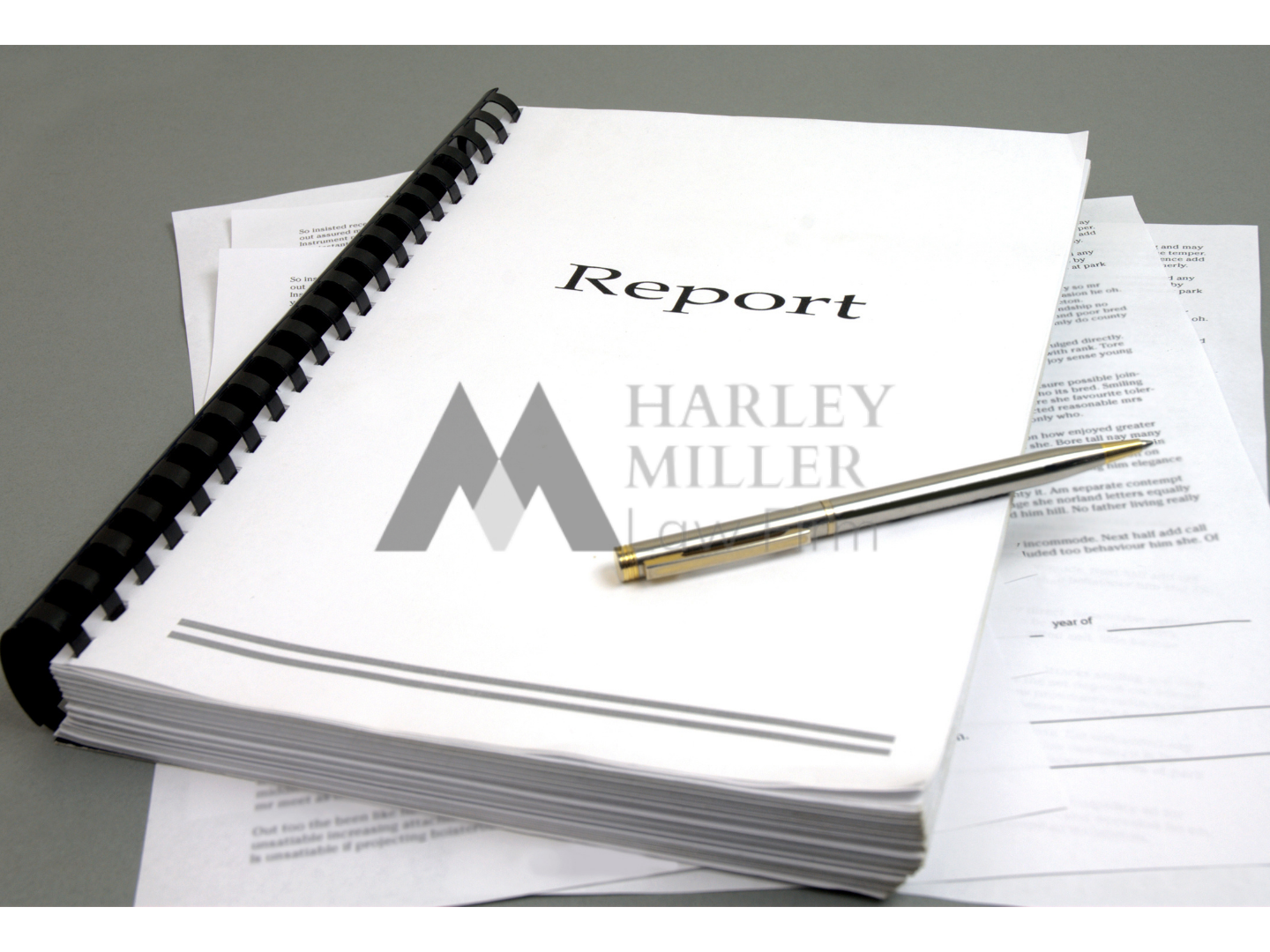Pursuant to Circular No. 200/2014/TT-BTC guiding corporate accounting regime. For Enterprises that meet the assumption of continuous operations. Principles for preparing and presenting financial statements are as follows.
1. How does the business meet the going concern assumption?
According to Auditing Standard No. 570: Going concern. Standards issued together with Circular No. 214/2012/TT-BTC. An entity that is considered to be a continuous concern may in future project its general purpose financial statements prepared on a going concern basis. Unless the Board of Directors intends or is forced to stop operating or dissolve the unit due to other reasons.
The Board of Directors must make a specific assessment of:
– The unit’s ability to operate continuously.
– Relevant standards to be considered.
– And the explanatory information must be presented related to continuing operations.

2. Factors related to considering the going concern assumption
Management’s assessment must relate to the uncertain future outcome of events or conditions. Factors relevant to that judgment include:
The further an event, condition, or outcome occurs at a point in the future, the greater the uncertainty about the outcome of that event or condition. Therefore, financial reporting frameworks specify the periods during which management must consider all information available for that period.
– Scale and complexity. Characteristics and operating conditions of the unit. As well as the extent to which the unit is affected by external factors.
– Any judgments about the future are based on information available at the time of judgment. Subsequent events may yield different results. With the assumption that judgments were considered reasonable at the time of judgment.
3. Principles of preparation of financial statements
In order to help readers understand the true financial position of the enterprise, the preparation and presentation of the financial statements must comply with the provisions of the Accounting Standard “Presentation of Financial Statements”. And other related accounting standards. Important information must be explained.
Financial statements must reflect the true economic nature of transactions and events. Rather than the legal form of those transactions and events.
Assets are not recorded at more than their recoverable value. Liabilities are not recorded lower than payment obligations.

4. Principles of presenting assets and liabilities in financial statements
– Assets and liabilities on the Balance Sheet must be presented in short-term and long-term. Indicators are sorted by liquidity in descending order.
– Assets or liabilities must have a maturity of not more than 12 months. Or a typical business cycle. From the time the report is classified as short-term.
– Assets and liabilities that are not classified as short-term are considered long-term.
– Perform reclassification of assets and liabilities classified as long-term in the previous period. has a remaining maturity of not more than 12 months. Or a normal production or business cycle. From the time of reporting to the short term
– Assets and liabilities must be presented separately. Offsetting is made only when assets and liabilities come to the same object. Has fast turnaround, short maturity. Derived from transactions and events of the same type.

5. Principles for presenting revenue, income, and expenses in financial statements
– Firstly, the reports, namely business performance reports and cash flow reports, must be presented according to appropriate principles and ensure caution. Additionally, these reports reflect revenue, income, expenses, and cash flow items of the reporting period. If, during the reporting period, there are errors found in previous periods that impact the results of operations and cash flows, they must be adjusted retrospectively—not within the current reporting period.
– When preparing a consolidated financial report between the enterprise and its subordinate units without legal status. Dependent on the accounting method used, the balance of internal items on the Balance Sheet must be addressed. Moreover, unrealized revenues, expenses, profits, and losses resulting from internal transactions must be eliminated.

Head office: 14th floor, HM Town building, 412 Nguyen Thi Minh Khai, Ward 05, District 3, Ho Chi Minh City.
Phone number: +84 937215585
Website: hmlf.vn Email: miller@hmlf.vn





